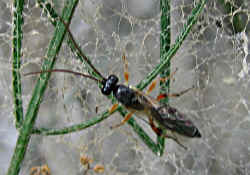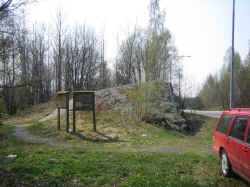
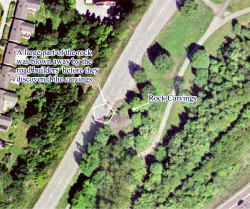
Most of the carvings are made on the amphibolite surface, surrounded by quartzite, or gneis granite.
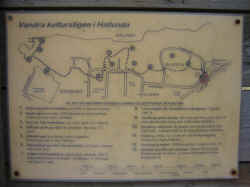
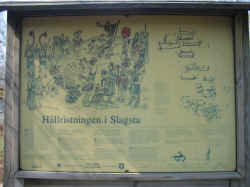
Neither the Vendel, nor the Viking era, has to my knowledge shown any evidence for the use of horns on warriors helmets. It's only in the cartoons, and for hockey supporters.
Our neighbor's dog looks like that when he is happy! :-)
No, I think it's called a river mill.
And now something completely different.
But, with a connection.
Keep on scrolling down!
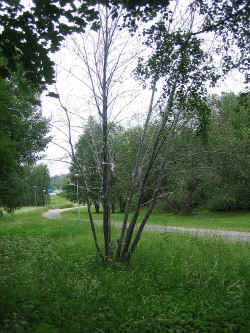
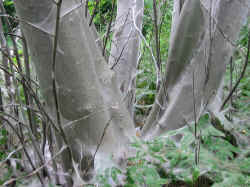
These pictures were taken June 20, and June 27.
These trees are the very same shown in the 360 degree picture on top of this page. Then they were just sprung in early May.

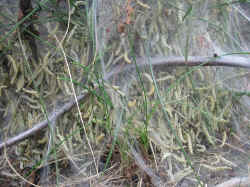
The larvae at the foot of the tree.
June 20.
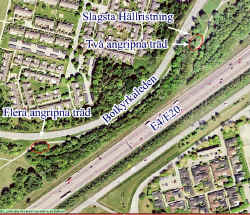
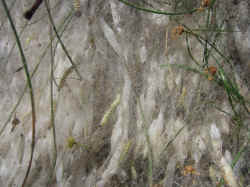
The cocoons seven days later.
June 27.
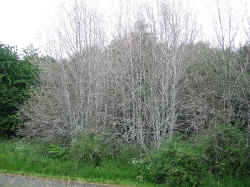
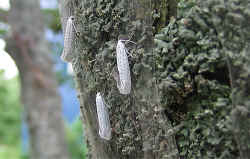
Today July 11, Lots of moths came out of their cocoons. Parts of the cocoon clusters have been falling to the ground.

These three pictures are from the same Bird Cherry tree.
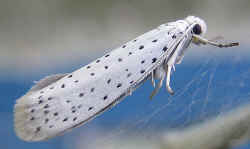
I believe they had to dry before attempting to fly.
They are not big, just about half to two thirds of an inch, 13-18 mm long.
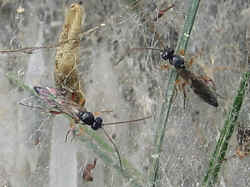
However, These fellas, which I believe are very similar to Spider Wasps, Vägstekel (Road Wasp) in Swedish, which they probably not are, seems to be feeding of the cocoons (or laying their eggs on them) in the first tree I discovered beside my work, and on this tree there were no moths hatched at all.
Another close-up of one of the wasps for a possible identification.
It was very difficult to get the wasps in focus when they were running around like maniacs. :-)
The wasps are about one cm long, less than half an inch.
A few spontaneous questions:
Are the wasps the only natural enemy to the Bird-Cherry Ermine?
Why didn't the wasps in any of the two locations, pay any attention to the other trees, also full of ermines, and only 10 meters away?
The two Bird-Cherry trees where the ermines settled down at the root of the tree were full of wasps, and no moths.
The trees where the ermines made smaller clusters of cocoons in several branches in the crown instead had no wasps, but lots of moths.
Isn't it strange?

The same at the biggest of the two trees here in Slagsta, no moths, but a lot of wasps. The moth above is dead.
